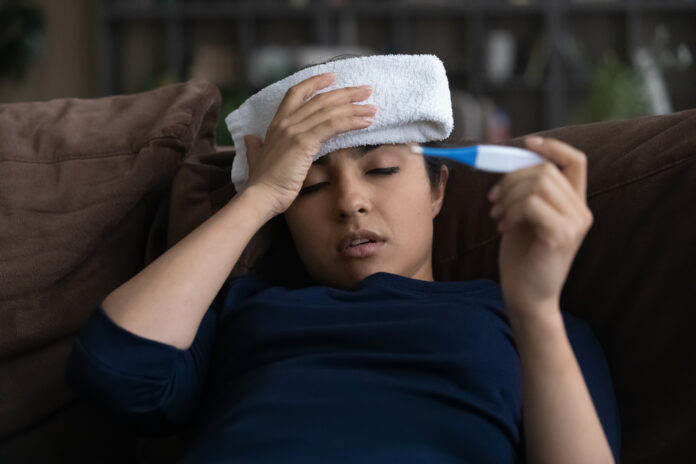Most commonly, staph bacteria is found in our bodies. Many people, including one-third of the people in the world, have staph bacteria. Because the bacteria lives in the nose, this is why it can cause serious health problems. Once this bacteria is allowed to enter your bloodstream, it can cause serious health problems. The antibiotics can be used to treat the bacterial infection. Some strains of bacterial infections are resistant to antibiotics. MRSA is a well-known infection.
Known as “Methicillin-resistant Staphylococcus aureus,” MRSA is a distinct type of staph bacteria that breeds infection across different parts of the body. MRSA is hard to treat due to its resistance to regular antibiotics. There are various types of MRSA, such as healthcare-associated MRSA (HA-MRSA) and community-related MRSA (CA-MRSA). People with weak immune systems or who have been in hospitals are more likely to contract HA-MRSA. They can be contracted through the use of invasive procedures such as surgery and intravenous tubing. Healthcare workers can also get it from people who touch unclean surfaces or hands.
CA-MRSA, on the other hand is a type of MRSA infection that spreads within a community. It often starts with a painful skin boil. Then it spreads to others by skin contact. Other symptoms include abscesses and sores. People who live in a clustered environment, such as military recruits or team athletes, are at greater risk. This infection isn’t life-threatening but it is a concern for medical professionals who have aptly called it “the superbug.” The 2013 National Action Plan was created to reduce bloodstream infections. It has resulted in a 50% decrease of MRSA by 2020.
There are many risk factors that can lead to HA-MRSA. These are:
- Being Hospitalized: This infection affects those with weak immune systems. It is found in hospitals.
- Invasive medical devices: Such devices, like urinary catheters can be a path to HA-MRSA.
- Infections that can be spread to long-term residents of healthcare facilities: These bacterial infections are common in care homes and nursing homes.
CAMRSA has many other risk factors. These include:
- Sportspeople are at greater risk for this infection from skin-to-skin contact and scrapes.
- People who live in unsanitary or crowded areas can also obtain CA-MRSA.
- Additionally, CA-MRSA can also be passed if a man has had sex with another person.
- People living with HIV are more likely to contract this bacterial infection.
How To Prevent HA/MRSA
By identifying those already infected, you can prevent HA/MRSA. Healthcare workers must adhere to strict hygiene guidelines. This means that they must wash their hands after every clinical task with soap and use hand sanitizers. These facilities should be regularly cleaned and sterilized.
How To Prevent CA-MRSA
Always wash your hands to prevent CA-MRSA. You must also ensure that you cover all wounds. It is important to not share personal items like sheets, razors, and athletic equipment. You should also ensure that your linens are clean.










